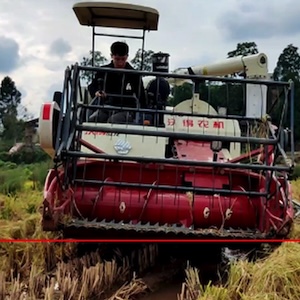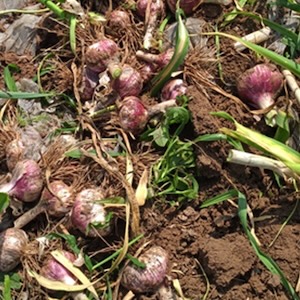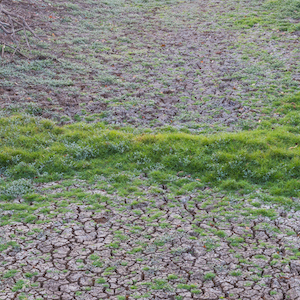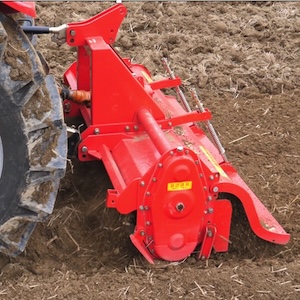Non-destructive method for monitoring tomato ripening based on chlorophyll fluorescence induction
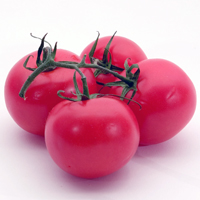
Published: 10 November 2020
Abstract Views: 2962
PDF: 1073
HTML: 307
HTML: 307
Publisher's note
All claims expressed in this article are solely those of the authors and do not necessarily represent those of their affiliated organizations, or those of the publisher, the editors and the reviewers. Any product that may be evaluated in this article or claim that may be made by its manufacturer is not guaranteed or endorsed by the publisher.
All claims expressed in this article are solely those of the authors and do not necessarily represent those of their affiliated organizations, or those of the publisher, the editors and the reviewers. Any product that may be evaluated in this article or claim that may be made by its manufacturer is not guaranteed or endorsed by the publisher.
Similar Articles
- Igor Kovacev, Daniele De Wrachien, Report on the 43rd International Symposium: Actual Tasks on Agricultural Engineering, 24th-27th February 2015, Opatija, Croatia , Journal of Agricultural Engineering: Vol. 46 No. 1 (2015)
- Hossein Khaledian, Homayoun Faghih, Ata Amini, Classifications of runoff and sediment data to improve the rating curve method , Journal of Agricultural Engineering: Vol. 48 No. 3 (2017)
- Javier Gómez, Alberto Tascón, Francisco Ayuga, Systematic layout planning of wineries: the case of Rioja region (Spain) , Journal of Agricultural Engineering: Vol. 49 No. 1 (2018)
- Jie Yan, Jianyu Wang, Chi Lv, Songlin Wang, A CFD simulation method for nozzle droplet deposition characteristics and corresponding experimental validation , Journal of Agricultural Engineering: Vol. 56 No. 1 (2025)
- Daniele de Wrachien, David Proverbs, Report on the 3rd International Conference on Flood Recovery, Innovation and Response (FRIAR) 2012 , Journal of Agricultural Engineering: Vol. 43 No. 3 (2012)
- Abd Rahim Shuib, Mohd Azwan Mohd Bakri, Mohd Khairul Fadzly Md Radzi, Development of a six-wheel drive vehicle: A comparative study on steering performance , Journal of Agricultural Engineering: Vol. 50 No. 4 (2019)
- Caiqi Liao, Jin Chen, Fanzhao Geng, Xueming Tang, Airflow basin structure numerical optimisation analysis and suction nozzle characteristics experimental study of vacuum-vibration tray precision seeder , Journal of Agricultural Engineering: Vol. 53 No. 4 (2022)
You may also start an advanced similarity search for this article.

 https://doi.org/10.4081/jae.2020.1098
https://doi.org/10.4081/jae.2020.1098





